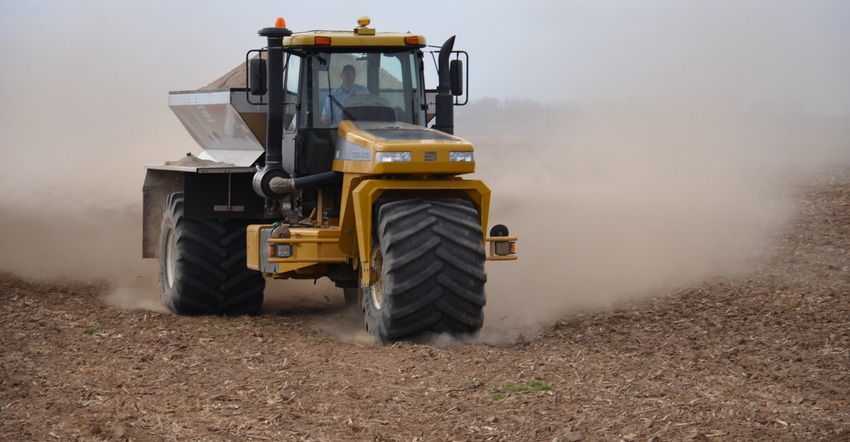
You hear all kinds of suggestions about products and nutrients to apply in corn. "Apply zinc and boron. … Try product X. … Hey, what you really need to apply is product Y in-furrow." Once in a while, suggestions come from a salesman just trying to make a sale. More often, they come from a well-meaning agronomist who may think differently than other agronomists do.
How do you navigate through this maze — especially in a tight budget year — and spend money on inputs that have the most potential to increase net returns? Glenn Longabaugh believes it starts with paying attention to the big picture first. This longtime agronomist in southern Illinois and now southern Indiana represents WinField United. Here are three tips he offers to help you stay on the right path as you tiptoe your way through the myriad of choices you can make when it comes to managing soil fertility.
1. Understand that plants are factories, and what matters most is what is in the plant, not the soil.
Longabaugh works with many farmers who believe in tissue sampling during the season. Some of them irrigate, but some don’t. Tissue sampling is like a report card on what is actually in the plant, he observes.
“What matters is what nutrients are in the plant when we tissue test,” he says. “Soil tests may say there is plenty of nutrient X in the soil, but if the plant isn’t getting it, it doesn’t matter.”
2. Take care of the major nutrients before concentrating on secondary and micronutrients, he says.
You’ve likely heard and read recently that you may need to apply sulfur, zinc and other nutrients if you’re after top yields in corn today, even if you didn’t routinely apply them in the past. Longabaugh doesn’t dispute that they are needed in many cases. However, that’s not where he believes you should start when you begin thinking about soil fertility.
“The truth is that corn plants still need far more pounds of nitrogen, for example, than of most secondary nutrients and micronutrients,” he says. “If you aren’t paying attention to nitrogen and don’t have sufficient levels of nitrogen in plants, then that will be your limiting factor. You need to worry about nitrogen first so you don’t bleed off big yield potential in a hurry. Then you can worry about other nutrients. “
3. Fix what you can to help this year’s crop, but learn what you can for next year, too.
Many times you can take the information you receive from timely tissue tests and translate that into an application of a specific nutrient that helps turn the crop around for this season, Longabaugh says. That can result in immediate help on the bottom line.
Sometimes, however, the value may be in what you learn for next year. “If you sample and keep records, you can apply that information when you’re making decisions for 2018,” he says.
About the Author(s)
You May Also Like




